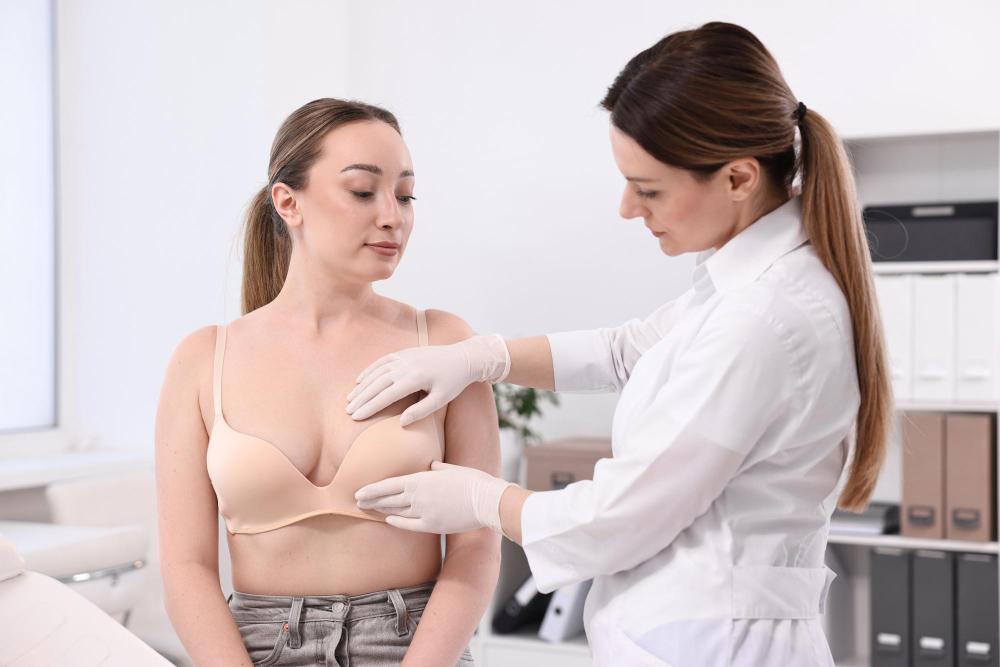Breast augmentation is a procedure that may produce a boost in self-confidence and body image. If you’re considering this surgery (or already have yours scheduled), you may be feeling a little anxious about the recovery period and how long you may have pain after breast augmentation.
At Seattle Plastic Surgery, we want our patients to feel comfortable and confident throughout the surgical process. While every patient’s experience is different, understanding how your body heals after breast Auto augmentation can help you prepare physically and emotionally for your recovery. Let’s look at the typical timeline of post-operative pain and some helpful tips for a smoother recovery.
Understanding Breast Augmentation
Breast augmentation usually involves placing implants to enhance the size, shape, or fullness of your breasts. It’s a surgical procedure that can be customized to suit your unique body proportions and cosmetic goals. If you’re considering it, choosing an experienced surgical team is the best way to see natural-looking results and minimize your discomfort. At Seattle Plastic Surgery, our board-certified surgeons and supportive staff will guide you through each step of the process to help you feel confident and informed.
The Typical Breast Augmentation Recovery Timeline
-
First Few Days
Right after surgery, it’s normal to experience some pain and swelling. During this period, your chest may feel tight, and you’ll likely have limited upper-body mobility. Some patients describe the pain as a sense of pressure or soreness, which can be managed with prescribed pain medications and plenty of rest. Follow your surgeon’s instructions carefully to keep your discomfort to a minimum.
-
First Week
The more intense discomfort usually improves by the end of the first week. However, you’ll still need to take it easy, which means no heavy lifting or strenuous exercise. A few days after surgery, you’ll likely be able to resume light, non-physical activities, but you’ll want to avoid raising your arms above your shoulders or doing anything that puts unnecessary strain on your chest muscles.
-
Weeks 2-3
Two to three weeks post-surgery, your pain should significantly decrease. You might notice residual tenderness or some tightness around the implant area, but it’s generally manageable without strong painkillers. You can likely return to work during this stage if your job isn’t physically demanding. You’ll also likely have a post-operative appointment during this time so your surgeon can make sure your incisions are healing properly.
-
Weeks 4-6
Around the one-month mark, you’ll start to see what resembles your final results. Pain and tenderness should be minimal, though some sensitivity could linger for a bit longer. You should be able to be active (light to moderate exercise) by this time, but always double-check with your surgical team to confirm what’s safe.
Tips For A Smoother Recovery
- Follow Your Surgeon’s Instructions
This might sound obvious, but it’s crucial. Your surgeon’s guidance on medications, wound care, and follow-up appointments is explicitly tailored to your needs and can help you be more comfortable during recovery. - Get Adequate Rest
Sleep is your body’s way of repairing itself, so try to get at least 7-8 hours each night. You should sleep on your back, but if lying flat is uncomfortable, you can prop yourself up with pillows. - Wear a Supportive Bra
A post-surgical bra or sports bra can help reduce movement and provide much-needed support while your chest tissue heals. - Stay Hydrated and Eat Balanced Meals
Proper nutrition helps your tissue repair itself and boosts your immune system, helping you recover more quickly. - Listen to Your Body
While gentle movement can promote blood flow and reduce stiffness, you’ll need to be careful not to overdo it. If something hurts or feels off, it’s time to rest or seek medical advice.
When To Call Your Surgeon
It’s important to know the difference between normal discomfort and signs of a complication. While mild to moderate pain is expected, contact your surgeon right away if you experience severe pain, pain that continues to get worse, excessive swelling, redness, fever, or unusual discharge from your incision site.
Learn More About Breast Augmentation Recovery At Seattle Plastic Surgery
By following your surgeon’s instructions, listening to your body, and seeking professional support when needed, you’ll be well on your way to enjoying your new look with less pain and more confidence.
Whether you’re just starting to explore the idea of Breast Augmentation Surgery or you’re ready to schedule your surgery, reach out to the team at Seattle Plastic Surgery to get expert advice for a smoother recovery. We’re dedicated to helping you feel informed, supported, and comfortable at every stage of your journey.
Call us at (206) 324-1120 or book your appointment online today!

